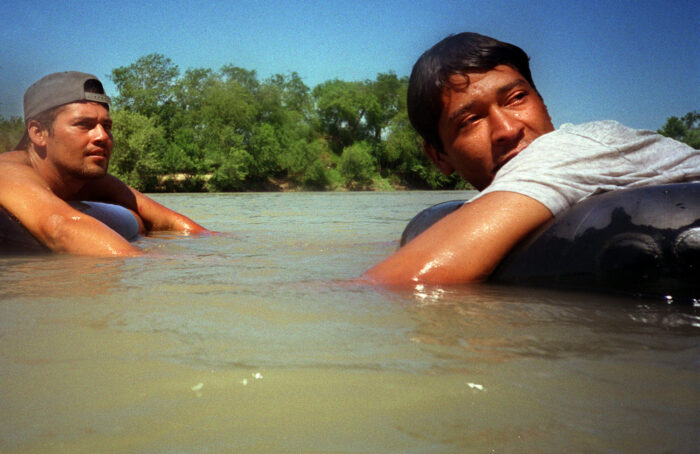Some stories endure, not simply because of the subject matter but for the depth of reporting and quality of writing. Sonia Nazario’s masterpiece “Enrique’s Journey” is without a question one of those stories.
Through her attention to detail, she made me feel the pain and fears of the tens of thousands of children like Enrique who leave their countries in Central America with dreams of reuniting with their mothers in the U.S. Nazario’s anthropological approach–based on multiple extensive interviews, along with tracing Enrique’s journey–produced one of the most comprehensively reported stories on immigration ever written.
There is no question that she has had an influence on my own immigration reporting. Sixteen years have passed since Nazario wrote the six-part story, and migrants still face serious risks when trying to come to the U.S. It is as important as ever that reporters covering immigration produce powerful, objective, and accurate journalism.
Enrique’s Journey
Chapter 1: The Boy Left Behind
By Sonia Nazario
Los Angeles Times, a six-part series, Sept. 29, 2002
Excerpt
The boy does not understand.
His mother is not talking to him. She will not even look at him. Enrique has no hint of what she is going to do.
Lourdes knows. She understands, as only a mother can, the terror she is about to inflict, the ache Enrique will feel and finally the emptiness. […]
Slowly, she walks out onto the porch. Enrique clings to her pant leg. Beside her, he is tiny. Lourdes loves him so much she cannot bring herself to say a word. She cannot carry his picture. It would melt her resolve. She cannot hug him. He is 5 years old.
They live on the outskirts of Tegucigalpa, in Honduras. She can barely afford food for him and his sister, Belky, who is 7. Lourdes, 24, scrubs other people’s laundry in a muddy river. She fills a wooden box with gum and crackers and cigarettes, and she finds a spot where she can squat on a dusty sidewalk next to the downtown Pizza Hut and sell the items to passersby. The sidewalk is Enrique’s playground.
They have a bleak future. He and Belky are not likely to finish grade school. Lourdes cannot afford uniforms or pencils. Her husband is gone. A good job is out of the question. So she has decided: She will leave. She will go to the United States and make money and send
it home. […]
His mother never returns, and that decides Enrique’s fate. As a teenager—indeed, still a child—he will set out for the U.S. on his own to search for her. Virtually unnoticed, he will become one of an estimated 48,000 children who enter the United States from Central America and Mexico each year, illegally and without either of their parents.




